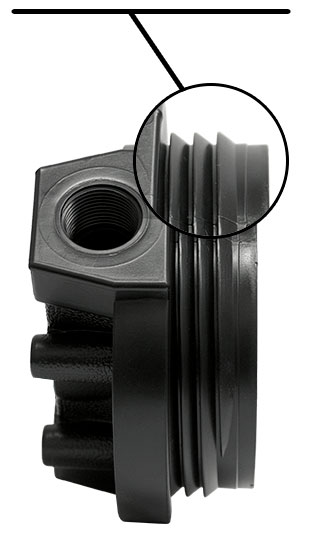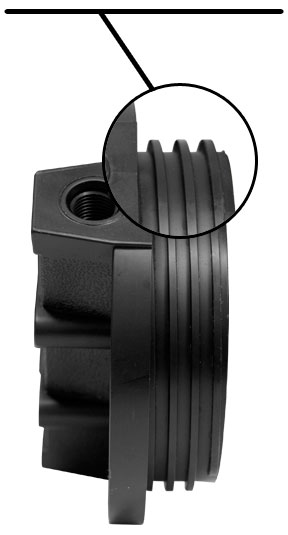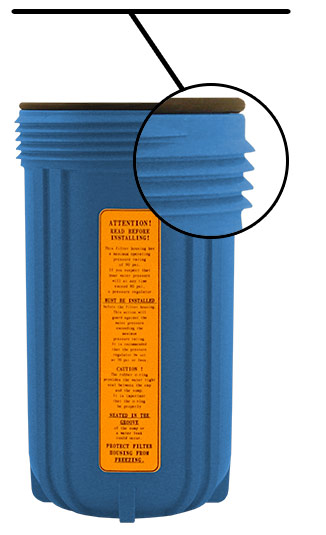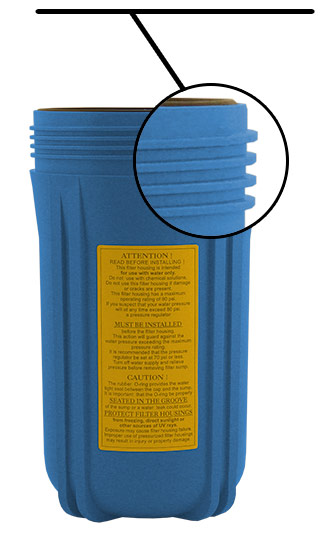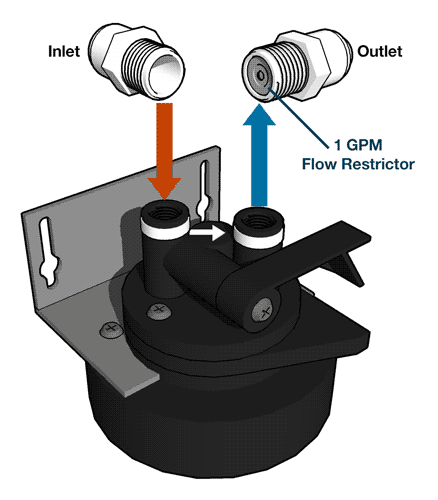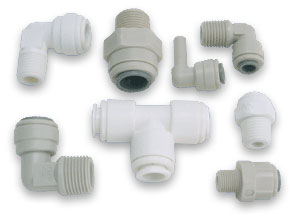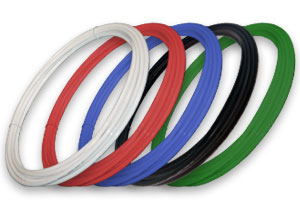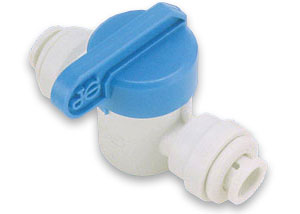
Corosex
By neutralizing the free carbon dioxide in water, Corosex can correct acidic water conditions and render it less corrosive. Corosex, being a highly reactive magnesium oxide, is used most effectively where pH correction is substantial or high flow conditions are in use. pH correction and media consumption are affected by a number of water chemical variables. Being soluble to acidity, Corosex will slowly dissolve and will need to be replenished periodically.
On a per weight basis, magnesium oxide can neutralize much more acidity than can calcium carbonate, (five times as much). This results in greatly reduced chemical usage for the same pH correction. Please note, under certain low flow conditions, Corosex may overcorrect and create a highly basic (high pH) condition.
Under certain hardness conditions, pH correction can cause hardness minerals to precipitate out of solution, resulting in cementing or solidification of the Corosex mineral bed. Upflow service is generally recommended with hardness exceeding five grains per gallon. (Always use an in-line filter ahead of an upflow system to prevent plugging of the lower distribution screen.)
As Corosex’s magnesium oxide neutralizes the water, it will increase hardness and a softener may become necessary after the neutralizing filter. Corosex can be effectively combined with Clack Calcite to combine the high flow neutralization properties of Corosex, along with the slower reacting low flow properties of Calcite, reducing potentially high basic properties due to overcorrection.
Corosex II
Also available is a high purity, high density magnesium oxide that overcomes some of the drawbacks of the original Corosex. The advantage of Corosex II is that it is a slower reacting, more stable form of magnesium oxide, yet it retains the advantages of substantial corrections to low pH waters and reduced chemical usage.
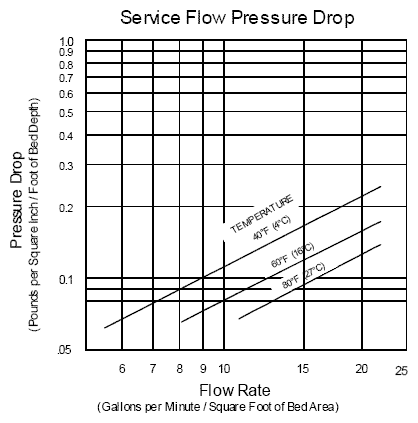
Backwash Bed Expansion — Due to Corosex’s high density and large particle size, a new bed is difficult to expand, but it is still imperative to backwash in order to keep the bed clean. Over time, as the media is consumed, the particle size will decrease and backwash bed expansion will begin to occur.
Text and images have been taken from the Clack Corporation web site.
| Advantages |
|---|
| High degree of activity and speed of correction allowing high flow |
| High capacity…less chemical usage |
| Corosex Physical Properties | |
|---|---|
| Color | Brownish white |
| Bulk Density | 75 lbs./cu. ft. |
| Mesh Size | 6 × 16 |
| Specific Gravity | 3.6 gm/cc |
| Effective Size | 1.4 mm |
| Uniform Coefficient | 1.7 |
| Composition | MgO 97% min. |
| Corosex II Physical Properties | |
|---|---|
| Color | White |
| Bulk Density | 100 lbs./cu. ft. |
| Mesh Size | 6 × 16 |
| Specific Gravity | 3.4 gm/cc |
| Effective Size | 1.3 mm |
| Uniform Coefficient | 1.5 |
| Composition | MgO 99% min. |
| Conditions for Operation | |
|---|---|
| Downflow service is generally satisfactory on waters with a hardness of less than five grains/gal. or where it’s combined with Calcite at least 50-50. Upflow service is generally recommended with hardness exceeding five grains/gal. to prevent “cementing of the Corosex bed” | |
| Use distributors designed for upflow applications | |
| A gravel support bed is recommended | |
| Water pH range | 4.5-6.0 |
| Bed depth | 24-30 in. |
| Freeboard | 50% of bed depth (min.) |
| Backwash frequently to prevent possible cementing | |
| Backwash rate | 10-12 gpm/sq. ft. |
| Service flow rate | 5-6 gpm/sq. ft. but may be modified to adapt to local conditions |

